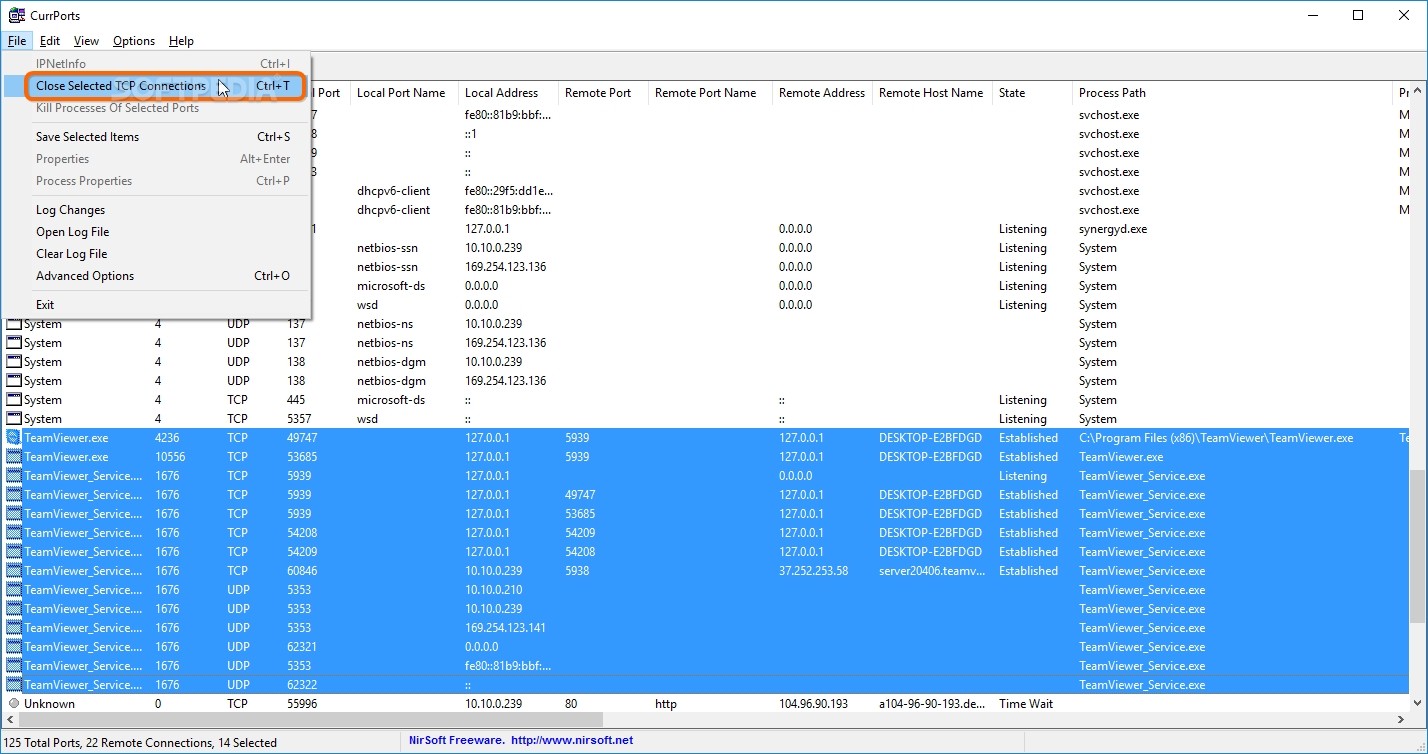
/cdn.vox-cdn.com/uploads/chorus_image/image/38270402/DSC_4989.0.0.jpg)
- #Detect displays mac update#
- #Detect displays mac full#
- #Detect displays mac pro#
- #Detect displays mac software#
- #Detect displays mac mac#
Try using the default adapter that came with your MacBook. This prevents the MacBook from going into sleep mode when the device lid is closed. To continue working on the big screen, by keeping the MacBook lid closed, you need to keep the device in charge all the time. You might be planning to use macOS on the external display only.
#Detect displays mac mac#
Reconnect Mac with the display using the preferred cable and it should work now. Apparently, this trick has worked for many as per the Apple forums. You should also completely power off the external monitor and disconnect your Mac from it. Upon reboot, macOS will ask for authentication (Touch ID won’t work here, enter Mac password). Sometimes a simple trick such as rebooting the Mac can fix the device not detecting the display issue.Ĭlick on the Apple icon in the menu bar and select Restart. Select the right HDMI port on the monitor and check the Mac output. Use the remote (if it comes with a monitor like Samsung M7) or use the on-device buttons to change the HDMI selection.

You may have connected the cable to the first port and used HDMI 2 as the output screen. Most modern monitors come with multiple HDMI ports to use. While you are at it, do take a close look at the external display’s HDMI ports too. You can use compressed air to clean out the dusty ports. You should clean mini-Display port or Type-C port, depending on your Mac model. The Mac won’t detect the display even with the right high-quality cable. Remove Dust from PortsĮxposed ports on your Mac often attract dust particles and that might cause the cable port to not fit properly.


Some cables are limited to 4K at 30fps only while your monitor can go up to 4K at 60fps. You should also check the display resolution and FPS the cable supports from the product page. That’s because cheap cables might overheat or may not be as per the standards. And here’s where things get interesting.įirst, you shouldn’t go with any random cable from the store or Amazon. Some might be using Type-C to HDMI cable to connect MacBook to a display. Make sure there isn’t any heavy wear and tear on either side. Closely inspect both the ends of the HDMI cable.
#Detect displays mac pro#
If you are using new 2021 MacBook Pro models or pre-2016 MacBook models, chances are, you are trying to use HDMI to HDMI cable along with an HDMI to Type-C adapter to connect MacBook to a display. We found that some users stopped experiencing random battery drainage on Big Sur after updating their applications to the latest versions.First of all, you should confirm if you’re using a correct HDMI cable with your external monitor. Running outdated applications on a new operating system can affect your Mac’s performance. Refer to this guide on resetting SMC on Mac or visit Apple’s Support page to learn more. The procedures involved in resetting the SMC vary and mostly depend on the type of processor your Mac uses. The SMC also controls how your Mac manages power, battery, and other related functionalities. Press and hold these keys as soon as the Apple logo comes up on the screen: Command + Option + P + R. To perform an NVRAM reset, shut down your Mac and turn it back on. Resetting your Mac’s System Management Controller (SMC) and NVRAM (Non-Volatile Random-access memory) can help put a stop to macOS Big Sur battery drainage issues.
#Detect displays mac full#
Wait for a couple of minutes and charge your Mac till the battery gets a full charge (i.e. To recalibrate your battery, use your Mac till the battery discharges completely and shut down.
#Detect displays mac update#
A system update can mess with your Mac’s calibration routine and cause the battery to drain faster than it’s supposed to. MacBooks undergo a calibration process that helps to estimate how long your battery would last on its current charge level. Try some of the methods below to fix the problem. If the battery drainage persists beyond this period, there’s probably a problem with your Mac’s battery calibration. The issue should resolve itself in about 2-5 days and battery usage should return to normal. These processes consume a lot of power but they only last a couple of days. That’s because several processes run in the background to acclimate your Mac to the new operating system.
#Detect displays mac software#
We also found a couple of users experiencing random battery discharge when their Mac is powered off or in sleep mode.īefore we list some solutions to these problems, you should note that sometimes, battery drainage is normal after a software update. Several Mac users reported significant battery drainage after upgrading to macOS Big Sur.


 0 kommentar(er)
0 kommentar(er)
